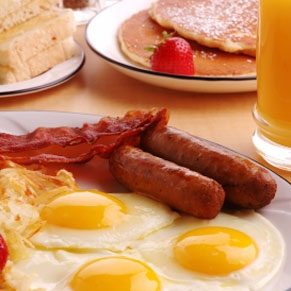
Believe it or not, eating breakfast regularly can help you lose weight!
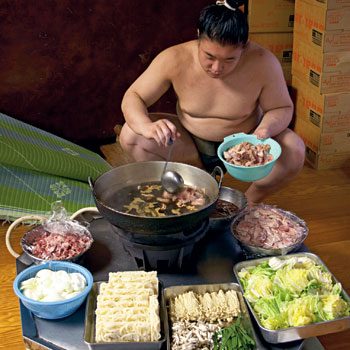
As a Weapon of Mass Construction
Sumo wrestlers credit chanko-nabe-a chunky stew of vegetables, broth, noodles and meat or seafood-for their girth. They down it as a late breakfast after training for several hours. But while it clearly helps to bulk up the over-300-pounders, the meaty mixture contains nothing controversial. (In fact, many restaurants in Japan serve a similar dish.) Protocol demands that junior grapplers cook the dish daily for the champs, who get first dibs. One famous wrestler is said to have consumed 65 bowls of it-that’s about 13 kilograms of meat-in one sitting. Lucky for him, the next scheduled activity after chanko-nabe is a nap.
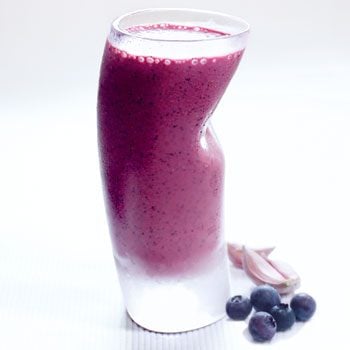
As the Undoughnut
If your shrinking budget can’t lure you away from that 7 a.m. fancy coffee drink or sugary pastry, perhaps a nutritional news flash will. Studies have shown that eating a healthy breakfast can boost the memory and trim the waistline. So what makes the best morning meal? “A power shake packed with nutrients,” says nutritionist Oz Garcia. To turbocharge his own fruit smoothie, he adds flaxseed (rich in omega-3 fatty acid), pomegranate concentrate (with three times the antioxidants of red wine), almond butter, green-tea extract, blueberries, wheat germ, garlic and probiotic yogourt.
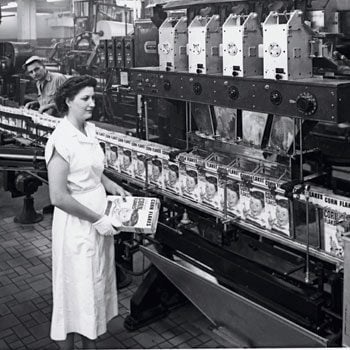
As a Marketing Marvel
Breakfast cereal is a $9 billion business in the United States alone. But back in the day when American John Harvey Kellogg set out on a national health crusade, cereal had a more select fan club. In the late 1890s, Kellogg and other Seventh-day Adventists cooked up the first batch of corn flakes in his Battle Creek, Mich., laboratory, touting it as a cure for constipation. But breakfast-in-a-box really took off in 1949, after the chairman of Kellogg’s happened to share a train ride with legendary adman Leo Burnett. Soon after, the two joined forces to market cereal directly to kids. Brightly packaged boxes helped-Norman Rockwell designed the one pictured above, which hit store shelves in 1955-as did big spending on some of the earliest colour TV commercials.
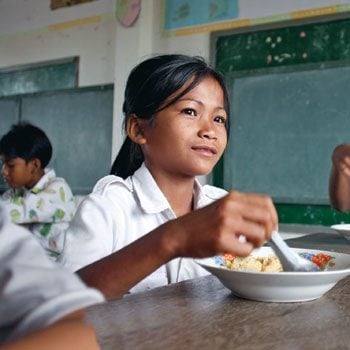
As a Learning Incentive
When children eat breakfast, studies have shown, their test scores improve. But in Third World countries, the morning meal has an even more pivotal role. In rural Cambodia, for example, when a bowl or two of rice with split peas is made available at the beginning of the school day, children will journey for kilometres to learn. However, when these free meals are no longer provided-as was the case for a while in the spring of 2008, when rising rice prices forced the United Nations World Food Programme (WFP) to suspend its local breakfast initiative-as many as one third of the kids fail to show up for school. These students stay home, explained the late Thomas Keusters of WFP, to search for frogs and crabs to eat instead.